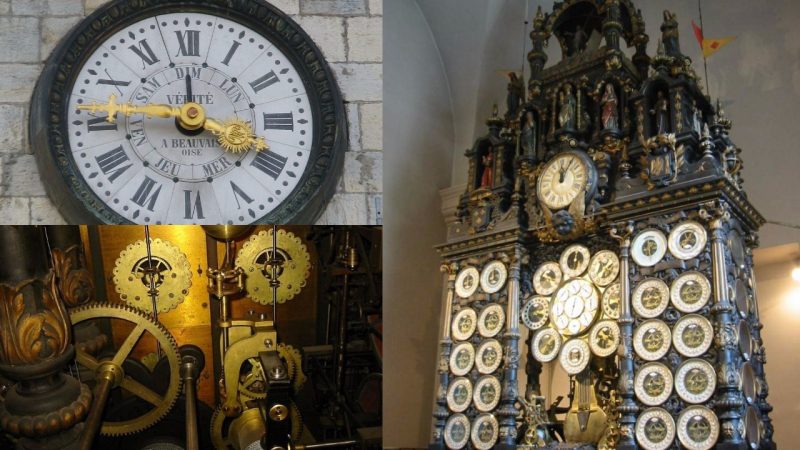The astronomical clock of Besançon is located in the cathedral of the old French watchmaking capital of Besançon. It was made by clockmaker Auguste-Lucien Vérité of Beauvais in 1860 to replace an earlier model made by Bernardin in the 1850s.
It is different from the astronomical clocks in Beauvais, Lyon, and Strasbourg.
The clock expresses a theological concept which states that each second of the day is representative of the Resurrection of Christ, which has transformed the existence of mankind and of the world.
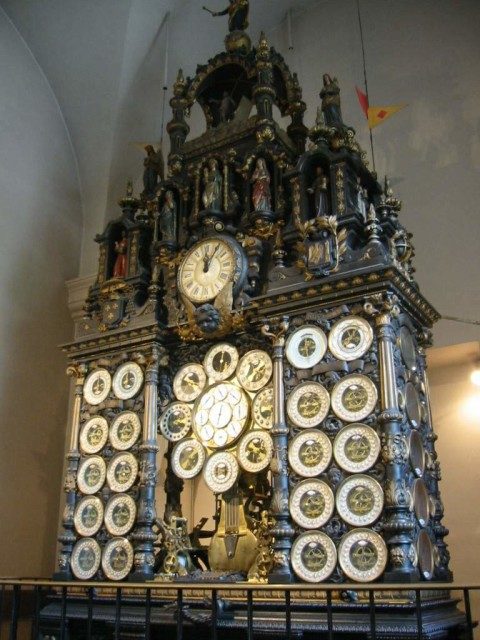
The first astronomical clock installed in Besançon was made by a clockmaker called Bernardin, who probably came from Fougerolles and lived in Saint-Loup-sur-Semouse between 1851 and 1857. Bernardin had demonstrated an astronomical clock in 1849 while he was in Fougerolles. The clock he made for Besançon was displayed in Paris in 1855, where Vérité was also presenting his clock and could certainly have seen it.
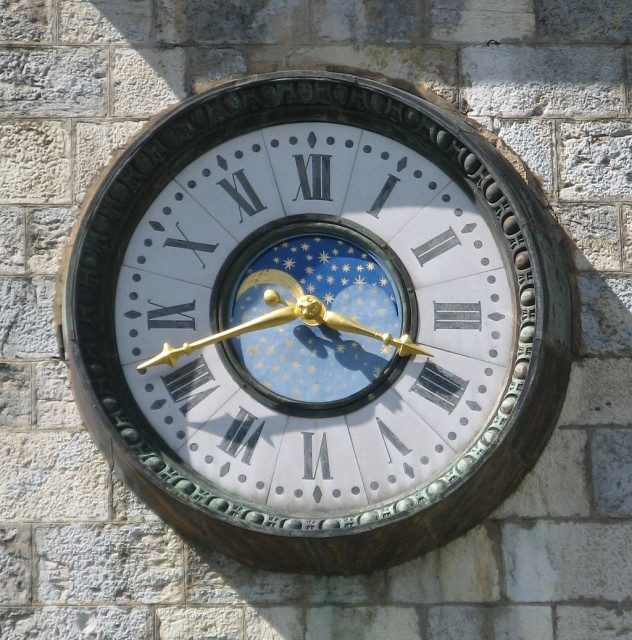
Bernardin’s clock had stopped working by 1857 and the Archbishop of Besançon, Cardinal Mathieu, commissioned a replacement from Vérité, who meticulously worked on building one of his finest works in his workshop in Beauvais.
The Besançon clock was installed in 1860, but Vérité continued to work on it until 1863. Immediately after he finished the Besançon assignment, Vérité built an even larger, and quite different, clock for the Beauvais Cathedral.

The clock has 30,000 mechanical parts, and it measures 2.5 meters wide by 5.8 meters high. It is positioned in its own chambers in the clock tower. Through an arrangement of universal joints extending more than 100 meters, the clock operates four dials that are located on the four sides of the cathedral’s tower, thus providing four positions for the time of day to the citizens of the city.
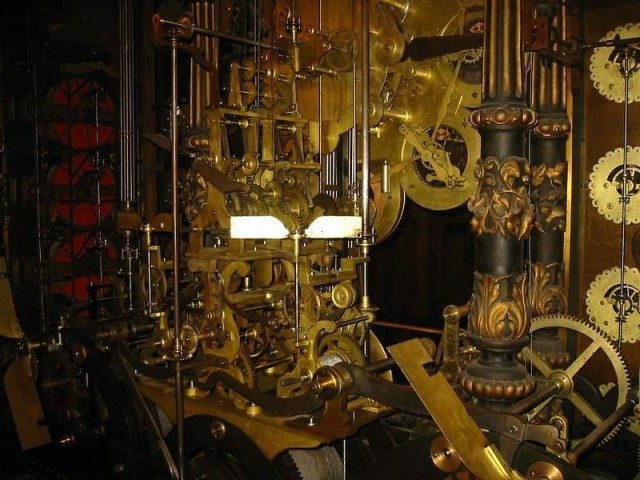
There is a fifth dial for the time of day in the cathedral. The outside dials also show the month of the year, the day of the week, and the season. The hours of the day are marked by the sound of a bell in the clock tower.
Bernardin’s clock may well have provided a statement of departure from the norm for Vérité, but apart from Vérité’s general inspiration, no particular element of the clock seems to have been copied from earlier ones.
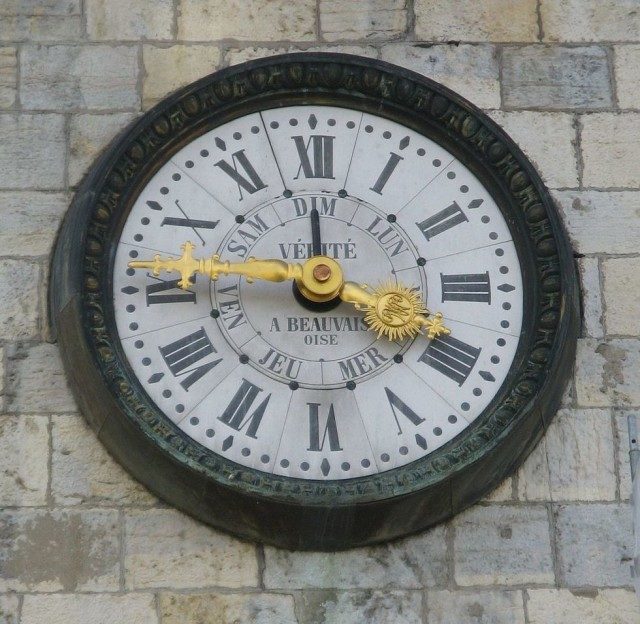
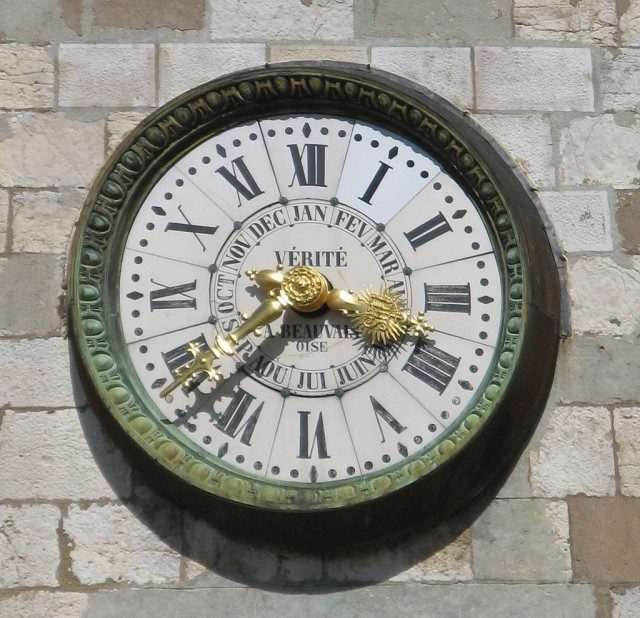
The clock stopped working in 1900 and was entirely refurbished by Florian Goudey.
The clock stopped again in 1966 upon the death of Paul Brandibas, who had been the clock’s keeper for over thirty years. The Ungerer Company of Strasbourg renovated the clock and restored it to full working order.
